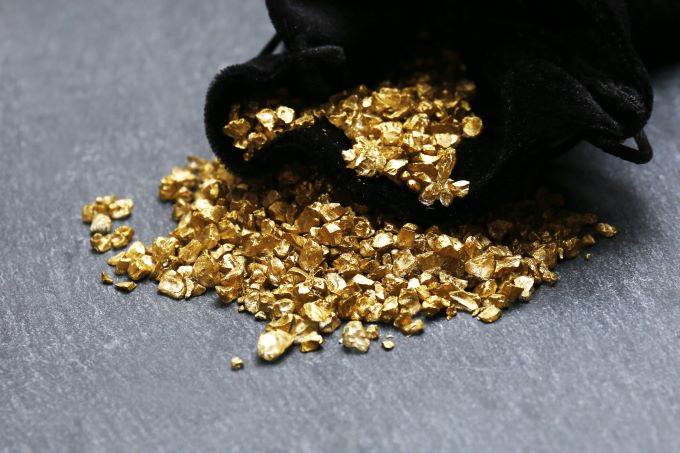 The gold market’s current situation is very different from what we experienced a month ago. During mid-March, investors were selling their gold in order to cover their margin calls, given the clear preference for liquidity at the time.
The gold market’s current situation is very different from what we experienced a month ago. During mid-March, investors were selling their gold in order to cover their margin calls, given the clear preference for liquidity at the time.
Then the Federal Reserve announced that it would continue with its asset purchasing program and the United States government announced a US $2 trillion stimulus package, so towards the end of March gold futures attempted to recover but ended up closing the last session of the month in the negative territory, losing around 2.84 percent on March 31 but still advancing 2.31 percent for the month.
When April came, the trend changed. This month so far gold futures have gained 8.81 percent, fueled by a renewed enthusiasm for this metal, and the regaining its safe-haven status. Last week this precious metal advanced around 5.74 percent, followed by others like silver, which gained 9.51 percent.
Some analysts already link this situation with an excess of money supply, as several countries are trying to salvage their economies with fiscal monetary stimulus packages to face the economic consequences of the coronavirus outbreak.
In truth, the current conditions favor the idea of an upcoming rally in the gold markets. On one hand, the gold supply chain has been heavily disrupted as gold mines are being closed due to fear associated with the advance of the epidemic. In addition, most of the existing gold is owned by central banks, investors and funds that most likely are not interested in selling off their reserves at the moment. Though at this moment it's impossible to discard the potential effectiveness of the current attempts to ease the supply of this metal, there are still a lot of reasons to think that gold may end up becoming too scarce.
On the other hand, we have psychological factors that may be boosting the demand for this commodity and similar precious metals. The coronavirus outbreak is firmly advancing, which at the moment has infected around 1,781,053 individuals and has killed 108,854, and it is expected to have devastating effects on global economic performance. The expectations for a worldwide economic recession and possibly even a depression, only aid the paranoia among investors, which may massively run towards assets they perceive as "safer", like gold and other precious metals.
Needless to say, both high demand and supply struggles are often linked with soaring gold prices, so the idea of seeing a massive gold rally in the upcoming future is not that preposterous.
Adding to this, an increasing sense of distrust towards our current monetary system may turn the gold into the ultimate safe-haven asset.
Recently, the Financial Times published an article where they inquired about the outlook for inflation, and the conclusion was that the outlook is bleak. The FT explains that unlike the quantitative easing measures that were taken to counter the effects of the 2008 crisis, this time they have come coupled with fiscal stimulus measures, which means that that money will find a way to get into the real economy, and as we all already know when there is an excess of money supply, inflation follows, and the value of many currencies plummets.
This is not good news for anyone, except gold-bugs and catastrophists, given the low-interest rates environment and the galloping deficit. Nevertheless, there are analysts who disregard this scenario since they consider that is highly unlikely given the existence of many deflationary pressures in the world (like the falling oil prices and an aging population), as well as that in order to happen, the recession would need to be relatively short.
Despite the fact that most analysts are not forecasting the collapse of fiat currencies, some analysts and investors are already recommending investing in gold to balance and protect the portfolio, as they foresee the current market volatility to continue. This investment advice may, or may not be wise, but it's true that it resonates with concerned investors, especially taking into account that we still can’t expect the end of the coronavirus crisis in the near future.
